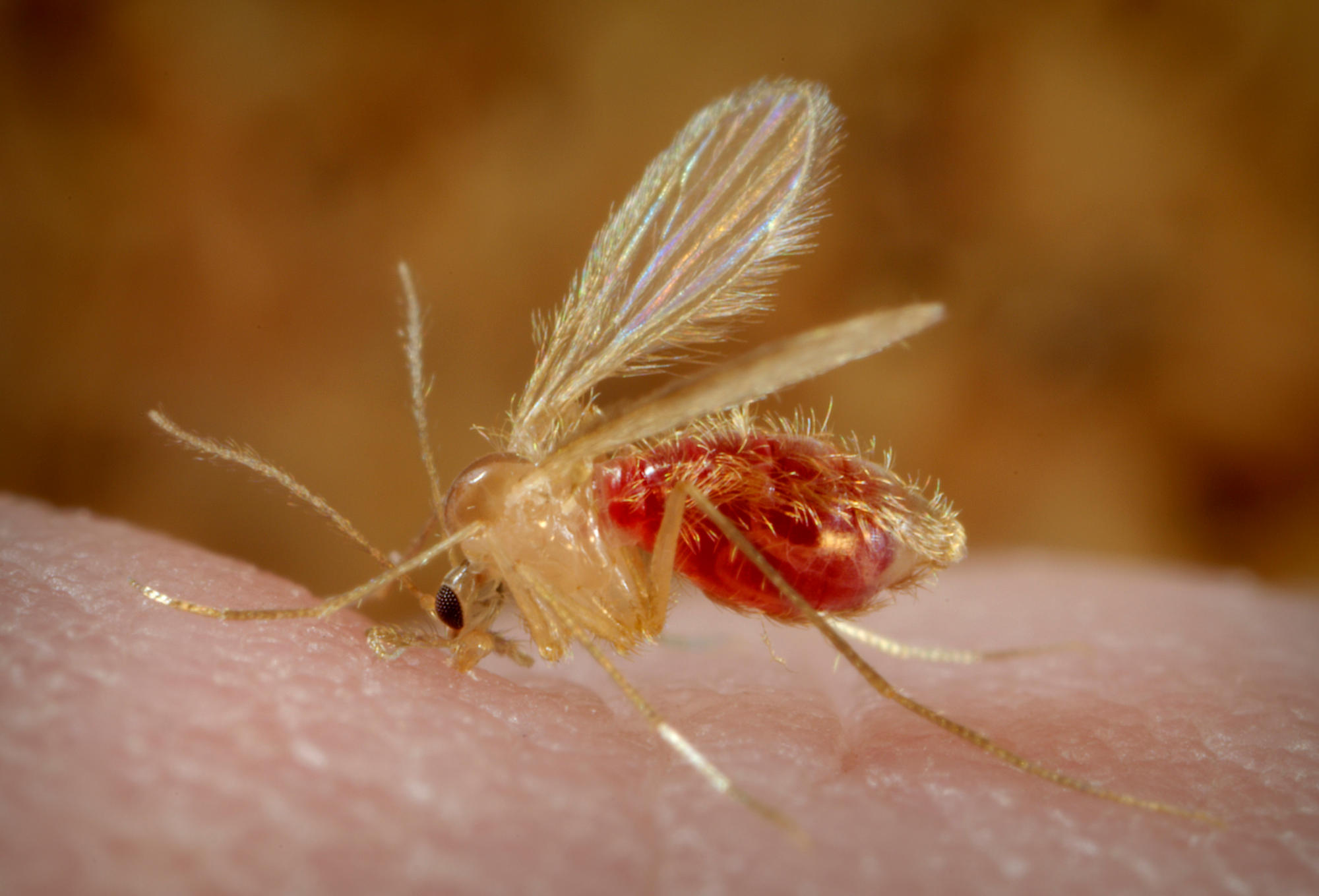The CDC has made a groundbreaking discovery regarding cutaneous leishmaniasis in the United States. They have found evidence of a distinct strain of the disease in U.S. patients who have not traveled internationally, suggesting local transmission by domestic sandflies. The concern is that more lethal forms of the disease, such as visceral leishmaniasis, could also establish in U.S. sandflies due to unscreened imported dogs carrying the pathogen.
According to the study presented at the Annual Meeting of the American Society of Tropical Medicine and Hygiene (ASTMH), researchers from the CDC used genetic sequencing tools to analyze tissue samples from patients with cutaneous leishmaniasis. They discovered that the strain of the parasite causing infections in non-travelers had a slightly different genetic fingerprint, indicating a unique American “genotype” of the disease transmitted by local sandfly populations.
Mary Kamb, a scientist at the CDC’s National Center for Emerging and Zoonotic Infections, stated that this study provides further evidence that leishmaniasis may be well-established in certain parts of the United States. While most infections were found in people residing in Texas, sand flies capable of transmitting the disease are prevalent in many parts of the country, especially in the southern region.
Cutaneous leishmaniasis typically results in skin ulcers that may take weeks or months to develop after exposure. Although there are medications available to treat infections, if left untreated, the disease can cause disfiguring scars. In low-income countries, these scars have been associated with severe social stigma, particularly impacting women. The World Health Organization reports that cutaneous leishmaniasis affects up to one million people annually, mostly in the Middle East, central Asia, northern Africa, and Latin America.
In Texas, there is a growing awareness of leishmaniasis as a potential diagnosis for skin lesions, partly due to previous cases in individuals returning from Mexico and increasing recognition of locally acquired cases. However, awareness of leishmaniasis in other states is limited, making it difficult to assess whether local transmission is occurring in those areas.
The CDC hopes that by identifying a distinct strain linked to domestic infections, it will be easier to detect the emergence of locally acquired cases in new regions. The increasing presence of cutaneous leishmaniasis in U.S. sandfly populations raises concerns about the potential establishment of visceral leishmaniasis. This life-threatening form of the disease could be transmitted to domestic sandflies through imported dogs carrying the pathogen.
Visceral leishmaniasis, caused by a related parasite called Leishmania infantum, affects internal organs and kills thousands of people worldwide each year. There are currently no drugs to prevent the disease, although vaccines for dogs are available in Europe and Brazil. At a special symposium on leishmaniasis risks in the United States, researchers highlighted the possibility of domestic sandflies acquiring visceral leishmaniasis parasites from imported dogs. They proposed a new risk assessment tool to improve screening at ports of entry.
A million dogs enter the U.S. every year, many without proper screening for infectious diseases. Christine Petersen, director of the Center for Emerging Infectious Diseases at the University of Iowa, emphasized the need for better measures to guard against the introduction of Leishmania infantum into U.S. sandfly populations. Infected dogs can be treated with medications to reduce the number of parasites they carry, reducing the risk of transmission. However, regular screening, treatment, and insecticide use on infected dogs are necessary to prevent the spread of the disease.
The emergence of cutaneous and potentially lethal forms of leishmaniasis in the United States highlights the importance of global collaboration in fighting infectious diseases. As climate change allows insects carrying pathogens to expand their range, taking a global approach becomes even more crucial.
Meeting: Annual Meeting of the American Society of Tropical Medicine and Hygiene (ASTMH)


